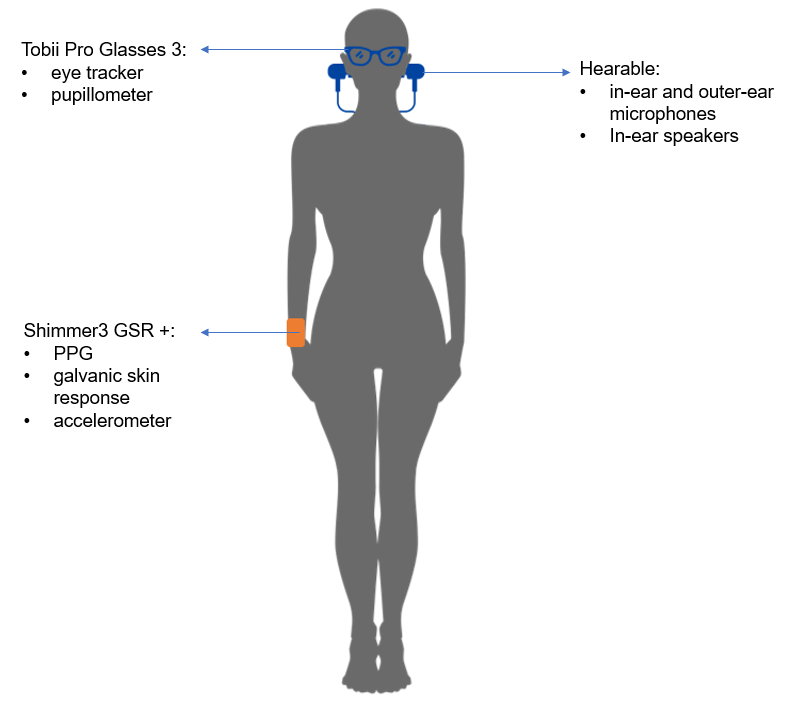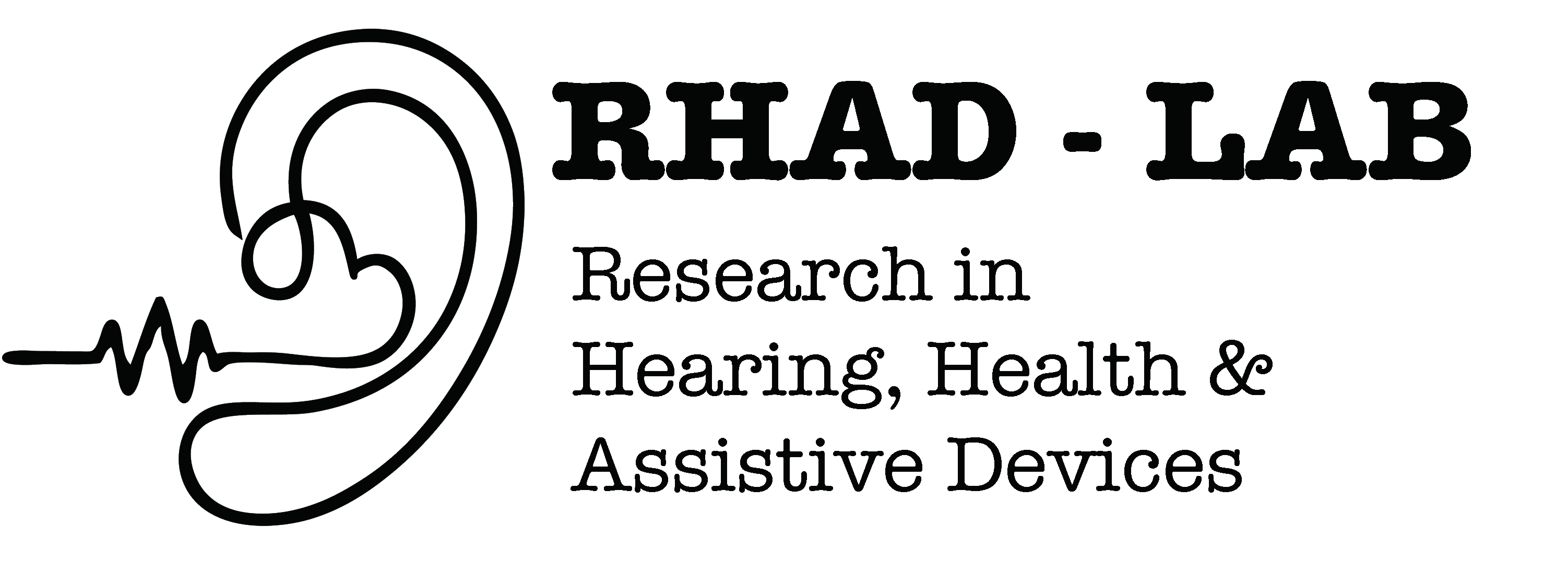Longitudinal data collection from patients of Alzheimer's disease using a hearable

Internal audio sounds produced by the human body convey important information about the person. For example, teeth grinding can represent anxiety, while an elevated heart rate may indicate emotional agitation. Intra-aural wearable devices, such as hearables, are a suitable tool to capture these internal audio events. In fact, the device attenuates external audio sounds and ensures the occlusion effect. The occlusion effect amplifies the low frequency vibrations in tissue and bones, which results into the amplification of internal audio signals. Alzheimer's disease is a neurodegenerative disease that affects cognitive and motor abilities, in addition to causing dementia. The disease impacts the daily life of the patients, especially in late stages where the patients are unable to perform daily activities dueto the explicit deterioration of cognitive functions. Previous literature has shown that the central auditory system is correlated to cognition. Central auditory tests, especially speech in noise tests such as Hearing in Sound Test (HINT) and Triple Digit test (TDT) are strongly related to learning and working memory. Hearing and understanding the words are not just limited to the auditory system, but they involve cortical areas of the brain that are related to learning and memory in order to understand the language, remember the sentence from start to finish, and process the meaning of the words. Central auditory tests performed using a hearable are non-invasive, highly sensitive, short in duration, and repeatable over time. Also, the tests could be performed by untrained individuals which makes them practical in developing countries that lack trained staff. Therefore, implementing auditory tests rather than neurophysiological tests to detect cognitive decline facilitates the process in the patients and staff's point of view. Hence, analyzing the internal audio signals captured by a hearable, a practical and efficient device, could allow the early prediction of Alzheimer's disease.
